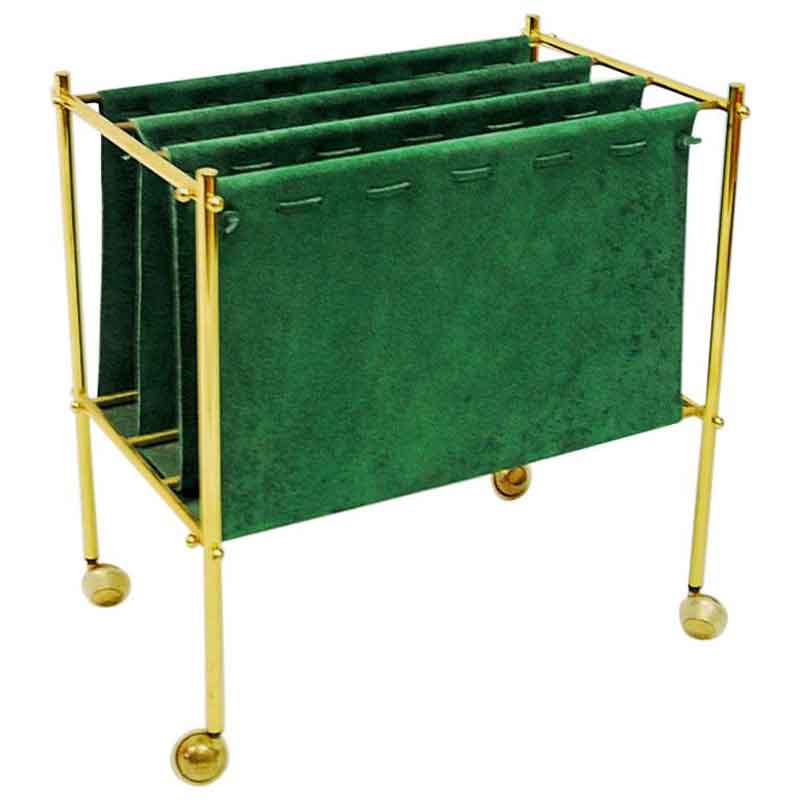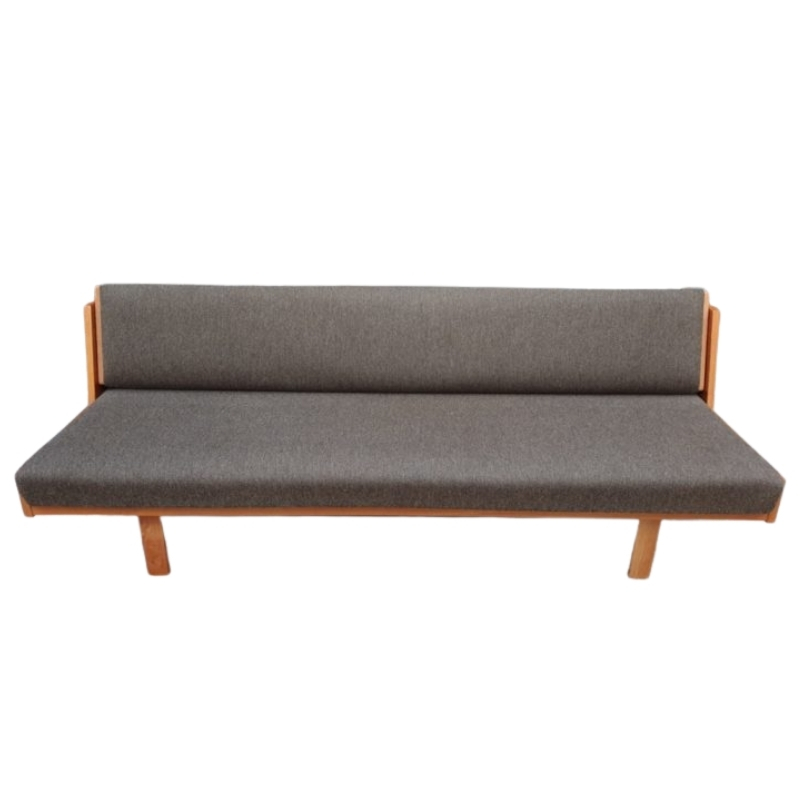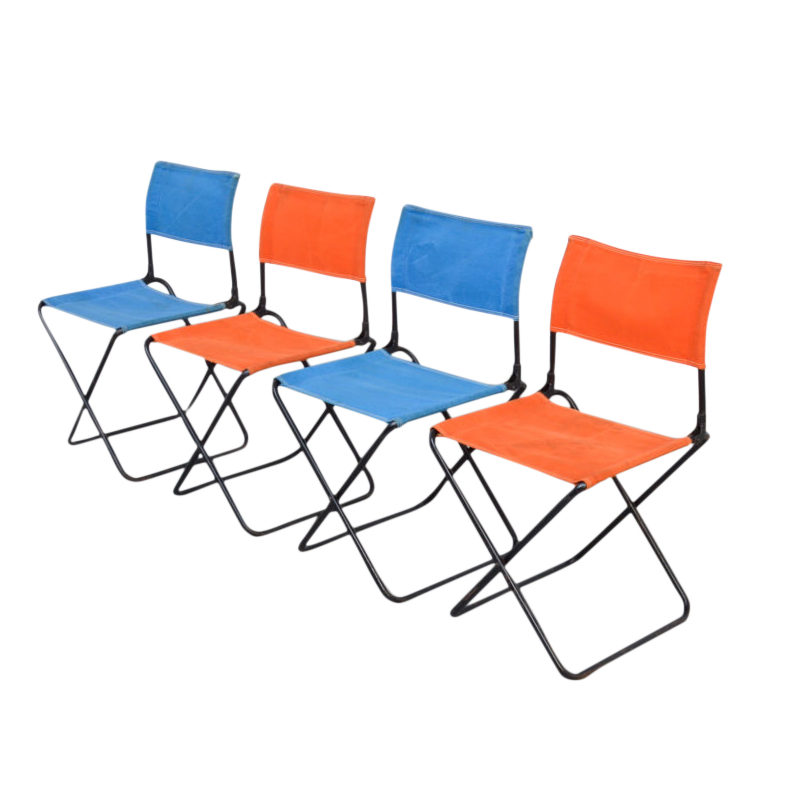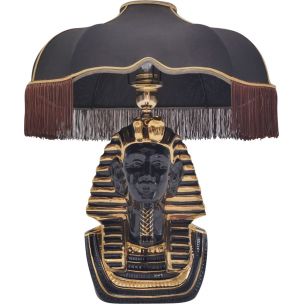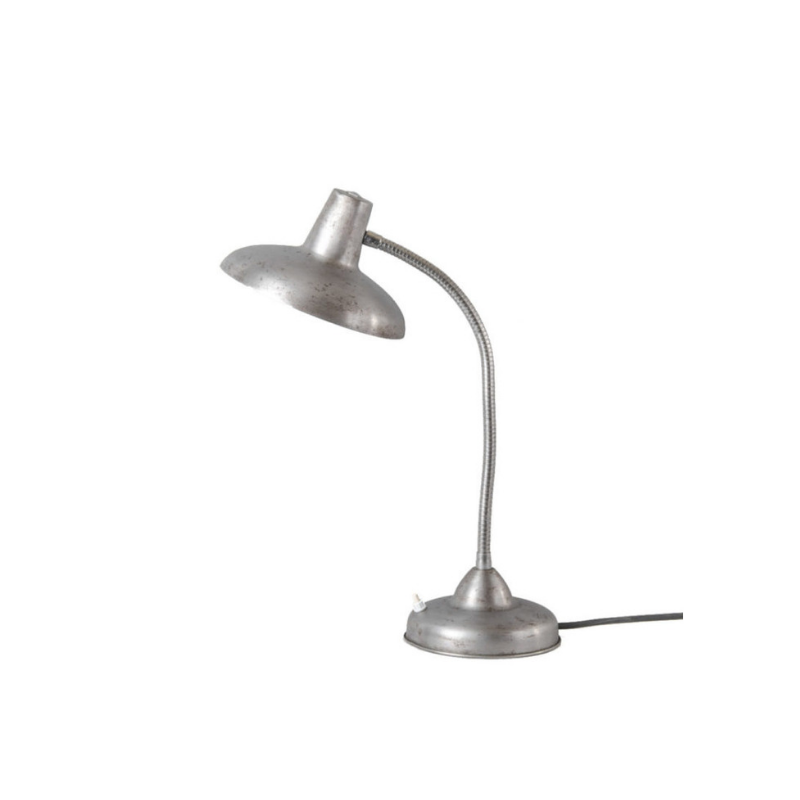Hi there -- I've landed yet another project piece.
I picked up what I believe is an Evans production LCW last night off of Craigslist, very cheaply. That's the good news.
The bad news is it's in pretty rough shape. I *think* it has a black aniline finish -- if someone knows how to tell if it's the original finish or not, I'd love to know. From my reading, if it is dyed finish, the wood veneer would be birch?
It looks like the back shockmounts failed, and the back was drilled -- and at that point, someone decided to make it adjustable by carving slots in the back. The photos will tell the story.
I'd like to restore this to as close to original shape as possible--any advice would be appreciated.
A few questions I'm hoping to answer:
* Is the finish original? If so, what should be done (if anything) to clean it up? I see some greenish alligatoring of the lacquer, and the seat finish seems really uneven.
* What's the best approach to repairing the veneer?
* What's my best bet for repairing the slots in the seat? I was thinking Min Wax wood filler, but a friend suggested plywood plugs. Anyone have any guidance?  <img class="wpforo-default-image-a
<img class="wpforo-default-image-a
Poor baby has seen a hard life, no doubt. It looks to me to be ash veneer, FWIW. It's never going to be especially valuable, though, no matter what you do. I know what I might do if it were mine and I wanted to make a project out of it for my own use, but I hesitate to go into details without knowing your intentions for the piece. And, by tomorrow, I might be sober enough to use both fingers on this damned keyboard!
First, bell, I'd propose a functional and aesthetic "restoration" rather than a museum-quality conservation treatment. In a way, it's almost a blessing that the chair is black. Paint (and I believe that the finish on the HM editions can rightly be called paint) can hide a multitude of sins. If your chair had a transparent finish in that condition, I might deem the notion of restoration as misguided.
To start, I'd try to determine if the black is original and then test the finish with various solvents to figure out what it is. Inspect closely around screws and shock mounts under the seat panel. You should be able to see something that suggests originality one way or the other. We can go from there once that's been established.
It might seem like a daunting endeavor at first. But, taken in steps, I don't think it would be all that difficult to end up with a perfectly presentable and functional accent piece.
If I am seeing the Evans back piece image right, it is not bookmatched at the middle/center (later versions are) and this works to your advantage by splicing a narrow patch of the same veneer that closely matches the existing to the entire height of the back piece just to cover the drilled holes and refinishing the entire front face of the back piece only. The same technique could also be used for the repair of the damaged back support top part. There are many good books out there that shows how this technique is done when restoring veneers on any furniture. If you have access to aged veneers (from damaged unrestorable furniture parts) that matches your chair, that's better.
You can start with just doing the restoration on the damaged parts first and leaving the other parts of the chair as it is for a while. If it still bugs you that it is not perfect looking, then go for a full restoration/refinishing that matches the original. As mentioned in the other posts, this chair is no longer as valuable as a pristine unrestored version.
Your other options are restoring the chair with upholstered fabric or leather or if you have scraps of hide (pony/slunkskins) lying around that fits your chair or turn it into a one of artsy chair by you.


Constant readers know that I'm not a collector and have a less-than-pristine history of furniture conservation. But I do love my Modern ! In a case like this, I would have no qualms at discarding a ruined back and replacing it with a newer (?) one, if available. Once a DCW/LCW back or seat has been drilled -- in the exact location where new shock mounts must be located -- makes that piece a discard, because the remedies are just too much trouble for the result that can be obtained. (I know some have evidence to the contrary; please don't flood me with examples, because my mind is made up. I love you nevertheless . . .) And the worst damage to this chair isn't to the back, but to the spine. I honestly can't think of a sound and attractive (i.e., near-invisible) repair to that piece.
Add to that the fact that you'll go through a lot of ash veneer before you find a piece that's acceptable as a match to the existing. Remember that a dyed or painted surface reveals its texture for all to see, in spades, because that's all you see once the color has been obscured.
Collectors get what they pay for, by and large. The attraction of a bargain price shouldn't be confused with a genuine windfall, it seems to me. But what do I know: I'm not a collector !
Artist John Angelo Benson will probably turn your Evans LCW into one of his 'Corrupted Classics' furniture such as the Mies Lobby Trap and the Naked Confort from 2003 and included in the exhibition 'European Design Since 1985: Shaping the New Century' at the Milwaukee Art Museum and Indianapolis Museum of Art in 2010.

Heh. There are some others we could add to that gallery -- don't know the names offhand, but you've seen them. I can imagine a Grand Confort frame wrapped around a stuffed sheep -- for instance -- but that design is already spoken for, above.
I guess I could see one possible repair to the top of the spine of the subject chair: remove the top four inches or so at a steeply cut angle, to make a viable scarf joint, with the new material of solid wood to simplify and strengthen the addition, and to satisfy the conservators who advise a visible demarkation between original "fabric" and new. With the black finish restored, the joint might be barely visible. New holes would be drilled in the correct places.
The technical challenge would be a perfectly flat mating surface between the old wood and the new, to make a good glue joint. A joint with a surface area of approx 4 x 4 inches would be adequate, I would say.
Thanks for all the feedback... this is an interesting discussion. I totally acknowledge this piece won't be a collector's piece--my goal would be to restore functionality and attractiveness without breaking the bank.
re: the finish -- I've disassembled it and noted a few oddities. The finish is under the shock mounts, but they look like they've been moved/reglued over the years, so I don't think that's a useful clue. I started cleaning it with a little water and paper towels, and the black finish is coming off on the paper towels. I suspect original aniline dye wouldn't come off so easily, so I'm leaning towards a later stain job right over the original finish. It looks like it was coated with an additional layer of urethane or lacquer that is now flaking off as well.
SDR -- would filling the holes in the spine with epoxy not be sound? I could then attempt to patch the top four inches of veneer--maybe only the back of the spine, since the front of the spine might be completely hidden under the shock mounts.
As for the drilled back, since the drilled holes are relatively small compared to the footprint of the shock mount, is there really a concern about structural stability?
Others here have made that repair, and I can't recall reports of failure. It just seems iffy, to me. And the veneer repair is a bear. But, knock yourself out !
As for epoxy as a solid-material substitute -- I haven't used the material in that way. You have a lot of material to generate, to return those openings to 5/16" dia. or so. I learned the other day that an old carpenter I know uses Bondo as an adhesive (!) -- so I guess there are a lot of ideas floating around out there. I think tktoo, an expert, mentioned wood plugs. Will the repaired chair have twin pucks or the single oblong shock ? I could see milling a rounded-square mortise over the area, from each side of the spine, milling the remaining wood to a smaller square, and inserting three pieces of solid ash like an Oreo with a shrunken creme filling, into the existing plywood. Re-veneer the outward face of the spine, where it shows (though you won't be able to disguise the horizontal joint between new veneer and old, especially with an ebonized finish) or simply make sure the plugs are flush with the surrounding surface. Then drill and proceed.
I should let others comment on finish technique -- at 72 I'm just getting into it -- but it seems to me that stripping the chair chemically would be the quick and complete route to base wood -- stained or not. Then, depending on what you see in the wood, some black stain or black paint will be a choice. Or, you might see an attractive pattern of old finish, and add to that for a unique color and patina. Light-and-dark ash, or something looking a little like the black-and-white cowhide found on some originals ?
I used the India ink method I learned here on some Ipe chair legs recently. It was a good start to a black gloss finish -- but I ended up with spray lacquer. I also found that the ink doesn't stain flesh, as one might think.
tktoo, how would you mill a thirty-second-inch-thick strip down the middle of a molded-ply chair part ?
I started thinking about a trim router with a custom base that would have a high point (a cross-bar) at the cutter centerline. The user could hold the router vertical to the surface, rocking and rolling as necessary in the path from top to bottom, while passing the tool along a clamped-on fence . . .
If you need any help, please contact us at – info@designaddict.com



